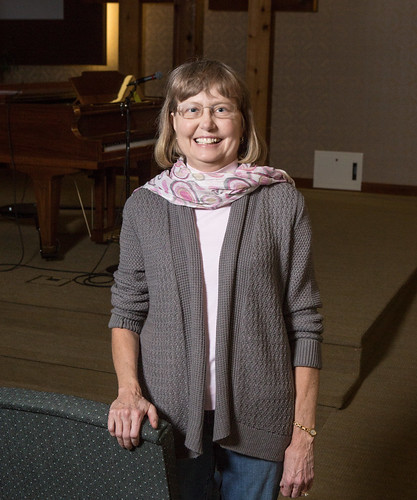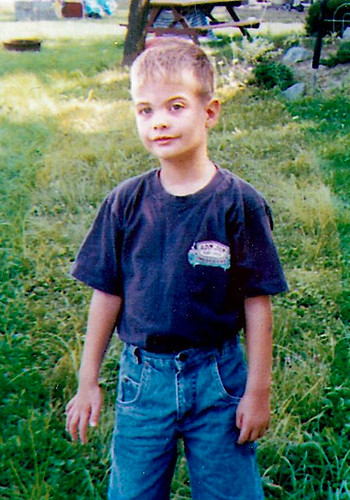Writer / Tonja Talley
Photographer / Chris Williams
 “Her original lungs fell apart in my hands — they were finished,” Dr. John Fehrenbacher told my husband Emet after my transplant surgery.
“Her original lungs fell apart in my hands — they were finished,” Dr. John Fehrenbacher told my husband Emet after my transplant surgery.
Lying in recovery, my mind slowly crawled out of the anesthetic fog. I was alive! The lungs, which had blessed me with breath for 40 years, were no longer fighting the cystic fibrosis (CF) that had lived within them. The old lungs were surgically replaced with new ones through a bilateral lung transplant given by a stranger.
Before the eight-hour surgery, I could only breathe at 27 percent capacity. The lungs infested with disease labored so violently, I could trace their shape underneath my skin. Many times, the force of the coughing and gasping would lead to hemorrhaging, all for the sake of one breath. After awakening from the surgery, I immediately realized my new lungs let me breathe with an ease I had never experienced. There was no sense of urgency with this breathing – just a deep, calm rhythm. My breathing capacity? 104 percent.
Christmas 2000 brought strong emotions within me. I knew my body could not last much longer. Watching our then 5-year-old daughter excitedly unwrap her gifts, I wondered would I be here next year to see the growth in our happy child? Twenty-four days later, I got the call at 2:30 a.m. The transplant took place January 18, 2001, 15 years ago this month.
Since that time, God has blessed me with many special times. For example, I no longer gasp for air to swim, walk, bike, hike or climb. God has given me extra time to enjoy the simple pleasures, such as having lunch with friends, watching a beautiful sunset with Emet or rejoicing over our daughter’s college journey.
Organ Network
January 18 is a celebration of life day for my family. A celebration that includes the life of a young man from Illinois, only known as my donor. The matching of donors to those waiting for a life-saving organ transplant falls on the shoulders of the United Network for Organ Sharing (UNOS), the organization contracted by the U.S. federal government to operate the nation’s organ donation system.
One of 58 designated organ recovery organizations around the U.S., Indiana Donor Network (IDN) works closely with Indiana hospitals, donor families and UNOS. Both these organizations say one tissue donor can also enhance the lives of more than 50 people. Skin grafts help heal burn and wound patients. Corneal transplants restore sight. Bone grafts and tendons help trauma or cancer patients.
“The surgical need for tissue is rising,” said Brenda Johnson, IDN Community Relations Coordinator. “Statistics show more than one million tissue transplants happened last year.”
According to the IDN, one donor can save as many as eight lives. One person’s final act of kindness can give hope to patients with life-threatening heart, lung or liver diseases, insulin-dependent diabetes, severe kidney failure or intestinal malformations.
 A Loving Heart
A Loving Heart
A Center Grove youth, Joey Zanzalari loved to play on his swing set. He had a wonderful heart, and people who knew him adored him. A special needs boy, seizures periodically struck his body. On December 4, 1998, at the age of seven, Joey suffered a severe four-hour seizure. Transported by ambulance to Riley Hospital for Children, the next four days proved the extent of oxygen deprivation to Joey’s brain.
According to his mother Susan Zanzalari, Joey continued to lose ground as his organs slowly started shutting down. After the brain test proved no reaction in the stem cell, doctors told the Zanzalaris that Joey was brain-dead. Realizing the inevitable, Susan and her husband Ken made the decision to donate any of Joey’s viable organs for transplantation.
“There was no question in our minds. If it would save another person’s life, we wanted to do it,” said Susan. “Because of the condition of Joey’s organs, the only organ we could donate happened to be his heart. To me, it was the best donation ever because Joey had such a big heart personality-wise.” A child in New York received Joey’s loving heart.
Facts
Anyone, including children, can register to be a donor, regardless of age or medical history. Physicians will determine what donations are available to help others. It is important to share your donation decision with your family.
Many myths surround the transplant program. Advocates, medical professionals and IDN employees work hard every year to focus on the facts and break the myths. As an advocate, I will answer the big questions I have been asked.
• All major religions in the United States support donation and view it as a final act of love and generosity.
• The first priority of medical professionals is to save their patient’s life. An individual’s donation status does not affect their medical care.
• Donation does not become an option until death has been declared.
• There is no cost to the donor or their family for organ, cornea and tissue donation.
Transplantation can be bittersweet. Many donor families have told me how their loved one’s death was the worst day of their life, yet they feel at peace knowing their loved one lives on, leaving an incredible legacy. I am appreciative beyond measure with the gift of my two lungs from my donor. The surgeon’s statement reminds my family and me daily of life’s fragility.
How can I show my gratitude? The only way I know to honor him is living each day abundantly and thanking God, our Creator, for the ultimate gift of life.






